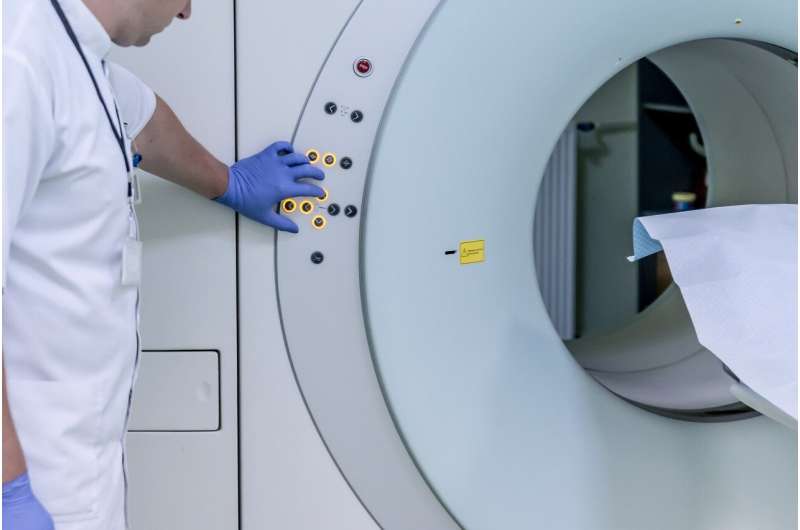Effectiveness of Wastewater Surveillance for COVID-19 Testing in Long-Term Care Facilities

A new study shows that wastewater surveillance at community treatment plants is an effective, low-cost method for early COVID-19 detection in long-term care facilities, helping to reduce healthcare costs and improve outbreak management.
Recent research highlights the promising use of wastewater surveillance as a cost-effective method for early COVID-19 detection in long-term care facilities (LTCFs). With the ongoing challenges posed by the pandemic, early identification of outbreaks is crucial to reduce hospitalizations, fatalities, and healthcare costs. Wastewater testing at treatment plants (WSTPs) offers an innovative, low-cost way to monitor community infection levels and trigger timely interventions.
A team of researchers, led by Professor Byung-Kwang Yoo of Waseda University and Professor Masaaki Kitajima of the University of Tokyo, carried out an economic evaluation of a city-level warning system based on wastewater data. Their study, published in "Science of the Total Environment," assessed the feasibility and financial benefits of implementing such a system in Japan.
Drawing inspiration from successful wastewater surveillance for other diseases like polio in the UK, the proposed COVID-19 warning system would activate when daily new cases exceed a threshold of 90 per million residents. This would prompt city authorities to recommend weekly clinical testing at LTCFs, enabling earlier detection and treatment of infected individuals. Early response strategies are associated with lower medical expenses and improved health outcomes.
The study's simulations estimate that this approach could generate significant economic benefits. For a typical LTCF with 100 residents and 60 staff, net benefits range from approximately $5,000 to $49,000 during four weeks of high COVID-19 activity. At the national level, the potential savings could reach up to $41 million. Wider implementation could be further supported by public willingness in Japan, where residents are prepared to pay nearly $500 million annually for wastewater-based health surveillance.
Compared to traditional clinical testing, wastewater surveillance covers larger populations, offers earlier outbreak warnings, and reduces costs. Since multiple pathogens can be tested simultaneously from a single wastewater sample, expanding surveillance to include other infectious diseases like influenza and polio is feasible and cost-efficient.
This research underscores the importance of adopting scalable, evidence-based public health strategies. As the world anticipates future health crises, wastewater surveillance presents a promising tool for health authorities to monitor disease spread efficiently and effectively.
For more details, refer to the study: Byung-Kwang Yoo et al, "Economic evaluation of the city-level warning system based on surveillance at wastewater treatment plants to recommend optimal clinical COVID-19 screening tests at long-term care facilities," published in Science of The Total Environment (2025).
Stay Updated with Mia's Feed
Get the latest health & wellness insights delivered straight to your inbox.
Related Articles
Innovative Use of UV Light Disables Airborne Allergens in Just 30 Minutes
New research shows that UV222 light can quickly neutralize airborne indoor allergens like pet dander and mold within just 30 minutes, offering a promising solution for allergy sufferers.
Research Shows Instructions Outperform Emotions and Sleep in Enhancing Memory Retention
New scientific research demonstrates that deliberate instructions to remember or forget are more effective for memory retention than emotions or sleep, emphasizing the power of cognitive control in memory processes.
The Rise of Commercial Investment in Medical Imaging: Key Concerns
An expanding industry of private investments in medical imaging raises concerns about reduced competition, overuse of costly scans, and the influence of profit motives on healthcare quality. Learn about the key issues and the need for safeguards to protect public health.
Comprehensive Overview of Breast Cancer Care in Ethiopia: Diagnosis, Treatment, and Survivorship Support
Discover how Ethiopia is advancing breast cancer diagnosis, treatment, and culturally tailored psychosocial support to improve patient survivorship outcomes.



